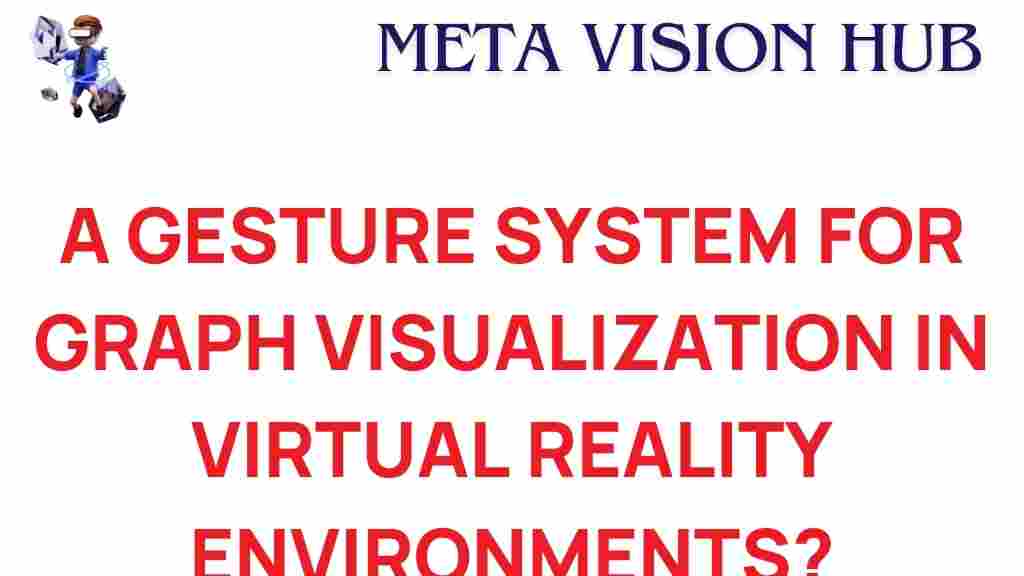Unlocking the Future: Gesture Systems Revolutionizing VR Graphs


What Are Gesture Systems and How They Are Transforming VR Graphs?
Virtual reality (VR) has made strides in areas like gaming, education, and healthcare, but the rise of gesture systems is taking it to the next level. With gesture-based controls, users can interact with VR graphs seamlessly, creating an experience that feels both natural and immersive. This article delves into how these systems work, their benefits, and how you can leverage them in your industry.
Understanding Gesture Systems
Gesture systems refer to technologies that interpret human movements—such as hand gestures, facial expressions, or body motions—and translate them into commands within a virtual environment. By eliminating the need for controllers, these systems enable a more intuitive and efficient way to interact with VR graphs.
*Why does this matter?* Traditional tools can feel restrictive when manipulating complex data in virtual environments. Gesture systems allow for precise, three-dimensional interactions, making VR graphs more functional and engaging.
The Components of Gesture Systems
- Sensors: Devices like cameras or gloves detect movement.
- Software: AI algorithms analyze gestures in real-time.
- Haptic Feedback: Provides tactile sensations to enhance realism.
Benefits of Gesture Systems in VR Graphs
The integration of gesture systems with VR graphs offers numerous advantages:
- Increased Precision: Navigate data points or graphs with pinpoint accuracy.
- Intuitive Use: No need to learn complex controller mechanics.
- Immersive Experience: Makes data analysis feel engaging and futuristic.
- Accessibility: Reduces physical barriers for individuals with mobility limitations.
To see real-world examples of VR applications, check out our dedicated resources on VR innovations.
How to Integrate Gesture Systems into VR GraphsThis article is in the category ImmersiveTech and created by MetaVisionHub Team
Recent Posts
Unlocking New Realms: How to Use the Insignia Virtual Reality Viewer
Discover how to maximize your experience with the Insignia virtual reality viewer and explore immersive…
How Virtual Reality is Revolutionizing Architectural Design
Discover how virtual reality is transforming architecture, enhancing design innovation through immersive technology and 3D…
When Virtual Reality Takes an Unexpected Turn: Exploring the Uncharted
Discover how virtual reality is evolving in unexpected ways and what it means for the…
The Future of Work: How Virtual Reality Will Transform Your Office
Discover how virtual reality is set to revolutionize your workplace, enhancing collaboration and engagement in…
Can the 2012 Mac Mini Power Your Virtual Reality Experience?
Discover if the 2012 Mac Mini can support your virtual reality adventures in gaming and…
Unlocking the Realms: A Deep Dive into Virtual Reality Technology
Explore virtual reality technology and its immersive experiences transforming gaming, simulations, and beyond.